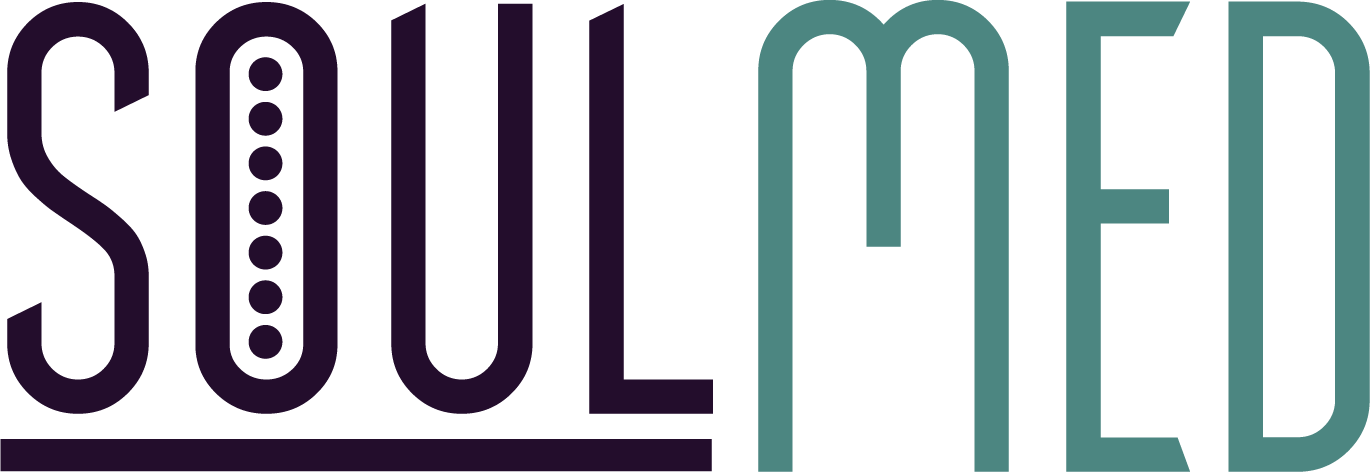This article was written for PR News, and published in the July 31, 2006 edition.
According the most recent US Census statistics, Hispanics represent 14% of population and African Americans account for 12%, followed by foreign-born citizens (11%) and Asian Americans (4%). The growth in the Hispanic and foreign-born population is expected to continue. Population projections suggest the racial groups classified as minorities will collectively become the majority in the United States. The bottom line? The racial, ethnic and cultural landscape of the United States is changing and diversity is here to stay. Many companies and organizations recognize these changes and have implemented diversity programs designed to recruit diverse talent and increase general awareness of the varied backgrounds of employees. However, this is not enough. Organizations seeking to maintain a competitive edge in this highly diverse, global economy must create an organizational climate that supports diversity at all levels. For the past six years DiversityInc. Magazine has recognized 50 companies that have made diversity a business priority. For example, in 2000 FleetBoston Financial , now Bank of America , was recognized for moving its commitment to diversity beyond mere awareness (a progressive notion at the time). The company had seven diversity resource groups that allowed employees of similar backgrounds to come together to support one another. In addition to support, the company’s groups raised money to provide grants to community organizations that aligned with their missions. The grants were administered through FleetBoston’s philanthropic arm, FleetBoston Financial Foundation . Diversity was, as one executive said at that time, “a business priority for the company.” Since that time, DiversityInc. has improved its selection methodology and this year more emphasis was placed on companies with strong commitments from their CEO. Verizon Communications/Wireless , WellPoint , and Toyota North America were among this year’s top 50 companies for diversity. These companies, and the other 47 named to the list, know that they must manage diversity as they manage other sectors of their operations.
GETTING SERIOUS
Diversity has to be more than just a policy; it has to be a part of the corporation’s culture. Creating a culture that supports diversity requires more from organizations than developing awareness. It requires senior management, human resources and public relations staff to manage diversity with a focus on employee development. It requires employees to commit to the organizations core diversity values and principles. It requires everyone to demonstrate a commitment through action.
To achieve this, organizations must consider the following:
- Create an environment where employees feel that diverse perspectives are valued. Companies must integrate diversity into the daily environment where differences become noticed, appreciated and sought after.
- Create an environment where employees feel safe in acknowledging their differences and where others see the value in them. The benefit? Employees feel valued and appreciated, which translates into demonstrated commitment from employees.
- Implement diversity management training for senior and middle managers. Many diversity programs begin – and end – with a statement of commitment from top-level management. With this approach, diversity is never fully integrated into the daily work of management or line staff. Organizations seeking to make diversity more than just a program should provide senior and middle managers with processes for incorporating diversity into their daily work. Additionally, managers should receive training that helps them strategically create workgroups that benefit fromemployee’s varied heritages.
- Put diversity to work. Most companies do a great job of recruiting diverse talent, but they fail to make diversity work for them. Having a diverse workforce goes beyond representation. It includes incorporating the varied cultures and traditions of employees in the strategic planning, decision-making, and implementation processes. Doing so will increase the quality of products, services and communications. In the end, employees will recognize the sincere commitment of the company to diversity and make a personal commitment as well. When employees make a commitment to diversity it translates into better products and services. It also shows a sincere commitment to diversity, which enhances relationships with customers.




